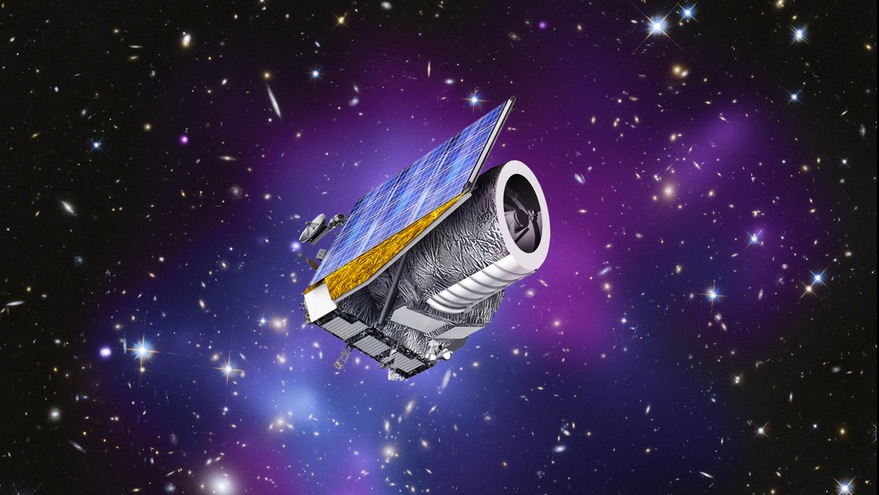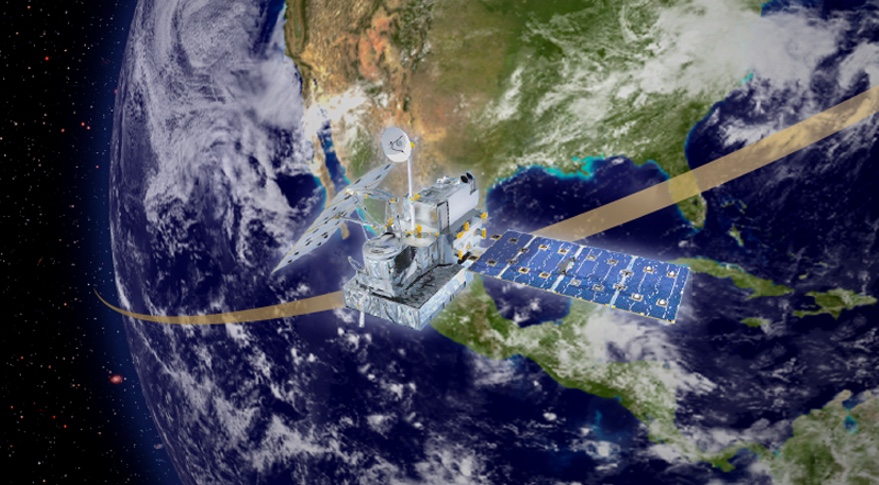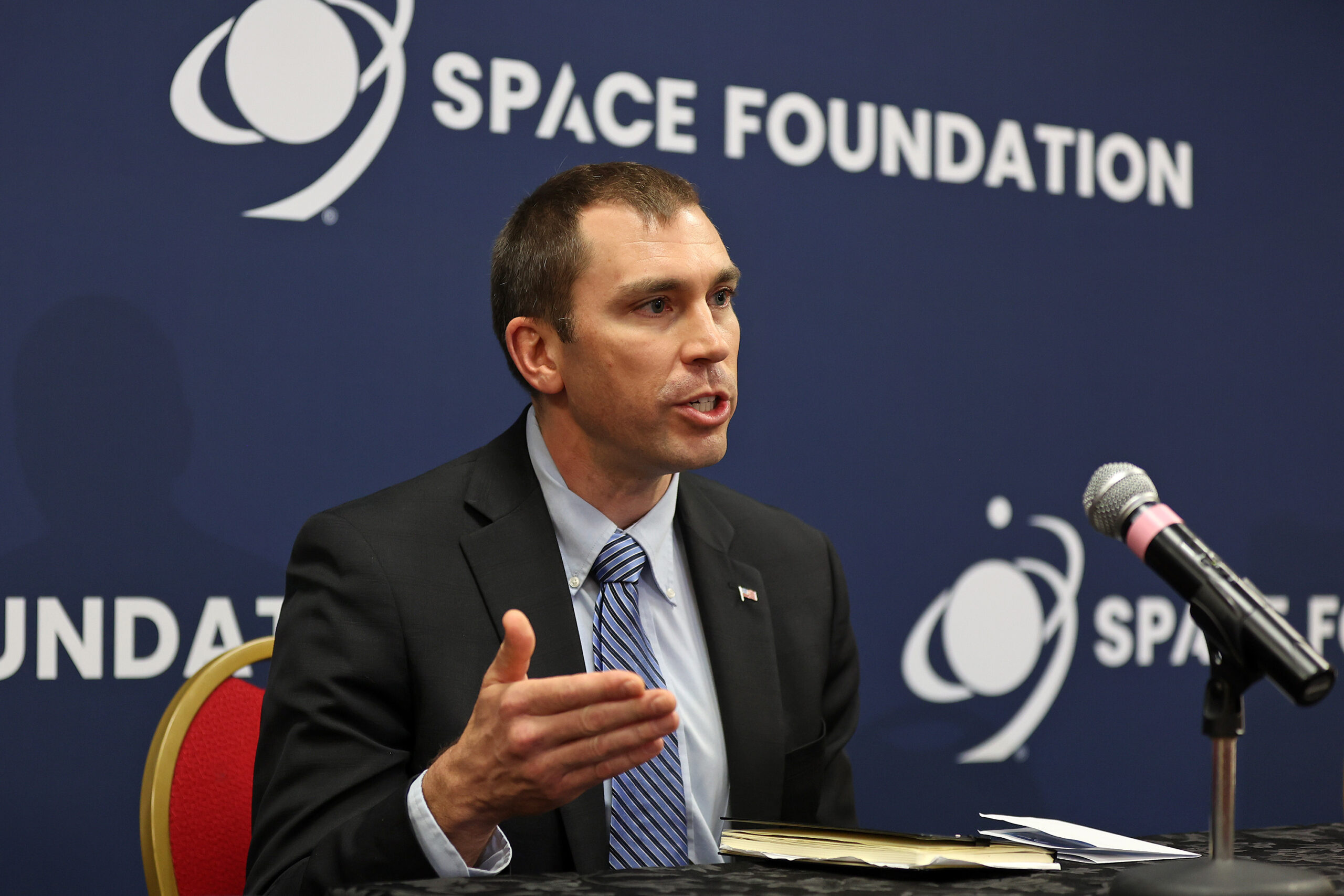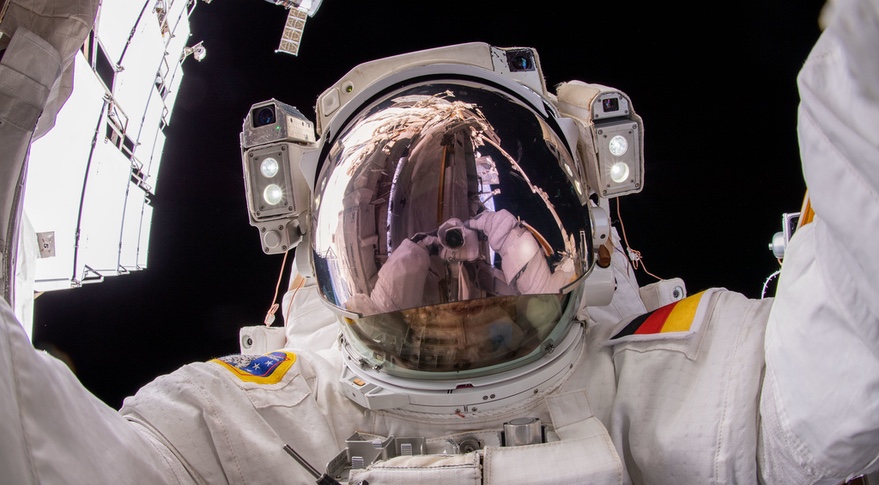Falcon 9 leading candidate to launch European science mission
Original Publication Date: 2022-10-18 07:55

Euclid was to launch on a Soyuz rocket from French Guiana in 2023. Plans changed after Russia invaded in Ukraine in February, leading to a series of sanctions. Russia halting Soyuz launches from French Guiana, leaving several ESA missions looking for new rides.
SES to appeal Intelsat C-band sharing decision
Original Publication Date: 2022-10-17 17:11

SES will ask the U.S. District Court for the Eastern District of Virginia to review the decision. SES brought a $1.8 billion claim to the bankruptcy court in July 2020. Intelsat emerged from bankruptcy in February and plans to use C-band proceeds.
Satellite broadband players poised to compete for U.S. military customers
Original Publication Date: 2022-10-17 16:12

OneWeb, Inmarsat, Kymeta predict future growth in the defense market. OneWeb is projecting that nearly 70% of its business will be from U.S. Government contracts. Inmarsat is looking to gain more military customers with a new low Earth orbit network.
Canada to contribute satellite and instruments to NASA-led Earth science mission
Original Publication Date: 2022-10-19 08:56

Canada to spend more than $200 million on High-altitude Aerosols, Water vapor and Clouds. HAWC would consist of two instruments on a Canadian satellite and a third instrument on a NASA satellite. Both spacecraft would be launched in 2031. Overall AOS system will feature at least four satellites in polar and inclined orbits.
SDA slide reveals Tranche 0 optical terminal manufacturers
Original Publication Date: 2022-10-18 23:45

Space Development Agency Tranche 0 Transport and Tracking layer satellites scheduled for launch late this year. Transport Layer satellites will share data among themselves and with other satellites through optical crosslinks. To ensure SDA satellites from multiple vendors work together, agency has adopted Nebula networking and optical communications standards. Mynaric, SA Photonics, Skyloom and Tesat are providing optical communications terminals for Tranche 0.
NASA gives green light for space station spacewalks to resume
Original Publication Date: 2022-10-18 23:45

NASA says spacewalks will resume on the International Space Station in mid-November. The agency has completed an investigation of water found in a spacesuit during a spacewalk. NASA station managers said in May that they were "no-go" For routine spacewalks. The pause in spacewalks had little effect on ISS operations.
Inmarsat sale clears Australia’s foreign investment watchdog
Original Publication Date: 2022-10-18 20:59

Viasat said Oct. 18 it got the nod from Australia’s foreign investment regulator. The deal remains subject to regulatory approvals elsewhere. Viasat is based in the United States and Inmarsat in the United Kingdom. Last year, the Australian Defence Force extended a contract to use Inmarsat’s satellites.
NASASpaceFlight.com
The SSLV or Small Satellite Launch Vehicle conducted its launch debut from Sriharikota, India on Sunday, August 7. An issue with the fourth stage resulted in the satellites being deployed in an unusable orbit. The SSLV program’s genesis was a December 2015 National Institute of Advanced Studies proposal to create a “Small Satellite Launch Vehicle-1” to launch small national security payloads on demand.
Commercial Archives
Firefly has begun expansions to its test site in Briggs, Texas, ahead of the Alpha rocket’s third flight and further development of the company’s MLV rocket. On Oct. 1, 2022, Firefly launched the ‘To The Black’ mission which successfully deployed three satellites into low Earth orbit.
International Archives
Angara 1.2 rocket launched from Site 35/1 at the Plesetsk Cosmodrome on Oct. 15. Rocket carried a payload for the Russian military to a Sun-synchronous Orbit (SSO) The exact identity of the payload is not known, other than it received the Kosmos-2560 designation.
Chinese Long March 3B Launches APStar-6C Communications Satellite – Spaceflight101

China conducted a rare commercial launch of a Long March 3B rocket with the APStar-6C communications satellite for APT Satellite Holdings. Long March 3B lifted off from the Xichang Satellite Launch Center at 16:06 UTC on a mission of under half an hour to lift the spacecraft into an elliptical Geostationary Transfer Orbit. Confirmation of launch success was provided by APT Satellite around 40 minutes after liftoff.
Blue Origin’s New Shepard Reaches new Heights in latest Test Flight – Spaceflight101

Blue Origin's reusable New Shepard launch system reached new heights in a test designed to expand the vehicle’s operational envelope by sending it to a peak altitude of 107 Kilometers. Sunday’s flight marked the second for this particular set of hardware, following up on the successful December 2017 mission that debuted “Crew Capsule 2.0” The flight was host to “Mannequin Skywalker’ – an instrumented test dummy to collect data on the environment human crew members would experience.
ISS Updates – Spaceflight101 – International Space Station

A veteran NASA spacewalker and an EVA rookie from Japan ended their week with nearly six hours of work outside the International Space Station. The restoration of the Station’s Mobile Servicing System started last year and continued in January to provide Canadarm2 with a new pair of grappling hands.
Featured – Spaceflight101

SpaceX Falcon 9 takes to the skies over Florida’s Cape Canaveral Monday afternoon. The flight-proven Dragon spacecraft will deliver science gear, supplies and maintenance hardware to the International Space Station. It is the first of at least six cargo ships inbound to the U.S. Segment of ISS this year.
News – Spaceflight101

Europe's Copernicus satellite fleet is gearing up for the arrival of its next addition on Wednesday. A Russian Rockot booster set to blast off from the Plesetsk Cosmodrome at 17:57 UTC with the Sentinel-3B multi-function satellite.
Re-Entry: Long March 11 Rocket Body – Spaceflight101

The CZ-11 fourth stage of a Long March 11 rocket re-entered the atmosphere on April 29, 2018 after only three days in orbit. The rocket lifted a cluster of five commercial Earth-imaging satellites into a 500-Kilometer orbit. Exact details on the fourth stage of China’s new Long March 11 launcher are not available.
Sounding an Early Alarm on Coral Reef Disease – Climate Change: Vital Signs of the Planet

Coral reefs are home to millions of species, from sponges to sea horses. Climate change and human impacts are putting increasing stress on them, causing disease and even death. Researchers at the Hawaii Institute of Marine Biology are developing models using Earth observation data. Scientists and reef managers can use this information to take preventative action.
NASA Dust Detective Delivers First Maps From Space for Climate Science – Climate Change: Vital Signs of the Planet

Earth Surface Mineral Dust Source Investigation (EMIT) mission aboard the International Space Station has produced its first mineral maps. The maps show the composition of the surface in regions of northwest Nevada and Libya in the Sahara Desert. Windy desert areas are the sources of fine dust particles that, when lifted by wind into the atmosphere, can heat or cool the surrounding air.
NASA's S-MODE Field Campaign Deploys to the Pacific Ocean – Climate Change: Vital Signs of the Planet

NASA’s Sub-Mesoscale Ocean Dynamics Experiment (S-MODE) is converging on a patch of sea 110 nautical miles off the coast of San Francisco. Over the course of 28 days, the team will deploy a new generation of tools to observe whirlpools, currents, and other dynamics at the air-sea boundary. The goal: to understand how these dynamics drive the give-and-take of nutrients and energy between the ocean and atmosphere.
NASA Study Finds Climate Extremes Affect Landslides in Surprising Ways – Climate Change: Vital Signs of the Planet

Researchers found that landslides in wetter and drier regions of California showed similar sensitivity to precipitation extremes. The results represent an early step toward developing what researchers hope will become the ability to forecast whether a slow-moving landslide will fail and slide downhill. Knowing how landslides react to record drought or extreme rainfall can help researchers better predict their future behavior.
My Favorite Martian Image: ‘Enchanted’ Rocks at Jezero Crater

The rocks of the crater floor are igneous in origin, having formed billions of years ago from molten rock. Over time, mud, silt, and sand brought into the lake that filled Jezero compressed and solidified into thin layers of sedimentary rock. If microscopic organisms were also present during sedimentary rock formation, they could have been captured within the layers.
NASA Telescope Takes 12-Year Time-Lapse Movie of Entire Sky

In 2020, scientists released the second iteration of a project called CatWISE: a catalog of objects from 12 NEOWISE all-sky maps. Researchers use the catalog to study brown dwarfs, a population of objects found throughout the galaxy and lurking in the darkness close to our Sun. Because of their proximity to Earth, nearby brown dwarfs appear to move faster across the sky.
Star Duo Forms ‘Fingerprint’ in Space, NASA’s Webb Finds

Wolf-Rayet stars may have played a role in star and planet formation. When a Wolf-Rayet star clears an area, the swept-up material can pile up at the outskirts and become dense enough for new stars to form. There is some evidence the Sun formed in such a scenario.
